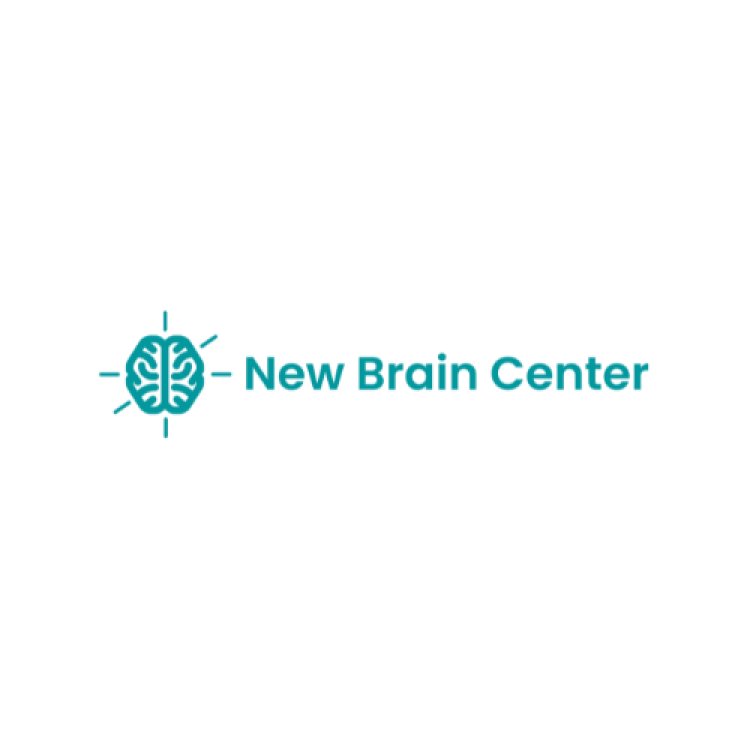Breaking the Stigma: Ketamine Therapy for Mental Wellness
Share this Post to earn Money ( Upto ₹100 per 1000 Views )

Ketamine therapy, once known primarily for its anesthetic properties, has emerged as a groundbreaking treatment for various mental health conditions. In recent years, its potential to alleviate symptoms of depression, anxiety, PTSD, and chronic pain has garnered attention, challenging the traditional approaches to mental health care.
Understanding Ketamine Therapy
Ketamine Treatment, initially used as a dissociative anesthetic, works differently from conventional antidepressants. Instead of targeting serotonin or norepinephrine, it acts on the glutamate system, specifically the N-methyl-D-aspartate (NMDA) receptors in the brain. This unique mechanism is believed to prompt rapid changes in brain connections, fostering neural regrowth and repair.
Breaking the Stigma
The stigma surrounding mental health treatments often stems from misconceptions and lack of information. Ketamine therapy, though still relatively novel, has shown promise in offering relief to individuals who haven’t responded well to other treatments. Its success in providing rapid relief, sometimes within hours or days, is remarkable compared to weeks or months typically associated with conventional medications.
Applications in Mental Wellness
Depression
Depression, a complex mental health condition, has been a focal point for ketamine therapy. Studies have indicated its effectiveness, even in treatment-resistant cases. The quick onset of its antidepressant effects offers hope to individuals grappling with severe depressive symptoms.
Anxiety Disorders
Anxiety disorders encompass a spectrum of conditions, from generalized anxiety to panic disorders. Research suggests that ketamine might alleviate symptoms by modulating the brain's fear and anxiety circuits, providing relief when other treatments fall short.
PTSD
Post-Traumatic Stress Disorder (PTSD) often proves challenging to treat. Ketamine therapy’s potential to disrupt traumatic memories and ease associated symptoms has shown promise in several studies.
Chronic Pain
Apart from its psychiatric applications, ketamine’s role in managing chronic pain, especially neuropathic pain, has intrigued medical professionals. Its ability to modulate pain receptors and interrupt pain signals offers a non-opioid alternative for those suffering from long-term pain conditions.
The Treatment Process
Ketamine therapy can be administered in various forms: intravenously, intramuscularly, orally, or intranasally. The method of delivery often influences the treatment duration and onset of effects. Typically, patients undergo a series of sessions over a few weeks, and the frequency might taper down as symptoms improve.
Potential Side Effects
As with any medical treatment, ketamine therapy isn’t without potential side effects. These can include dissociation, changes in blood pressure, nausea, or temporary cognitive impairment. However, these effects are usually transient and tend to diminish shortly after the treatment ends.
Addressing Concerns and Controversies
The use of ketamine for mental health treatment has sparked debates and raised ethical concerns. Some worry about its potential for misuse due to its history as a recreational drug. Others question the long-term safety and efficacy, given the limited research on prolonged use. Regulatory bodies and healthcare professionals continue to navigate these concerns while exploring its therapeutic potential.
Access and Affordability
Accessibility to ketamine therapy remains a concern for many. As a relatively newer treatment, it might not be covered by insurance or available in all healthcare settings. Cost can also pose a barrier for individuals seeking this therapy, raising questions about equitable access to innovative mental health treatments.
Future Directions and Research
The evolving landscape of ketamine therapy involves ongoing research into optimizing dosage, delivery methods, and understanding its long-term effects. Scientists aim to refine protocols, enhance safety profiles, and potentially develop ketamine-based derivatives with similar benefits but fewer side effects.
Conclusion
Breaking the stigma associated with mental health treatment involves embracing innovative approaches like ketamine therapy. Its ability to offer swift relief to individuals navigating debilitating mental health conditions opens new doors for those seeking alternatives. However, as with any emerging treatment, continued research, responsible use, and ensuring equitable access remain crucial for its integration into mainstream mental healthcare.
As societal attitudes toward mental health continue to shift, fostering an environment of understanding, education, and access to diverse treatment options will be pivotal in breaking the stigma surrounding mental wellness and allowing individuals to find the support they need.
The New Brain Center is a treatment care center located in Folsom, California for individuals with mental health challenges and diagnosed mental health conditions. Our focus concentrates on the concept of “neuroplasticity” or the ability for the brain to change by adapting and growing its structure and functions as a result of new experiences, environments, and information.







